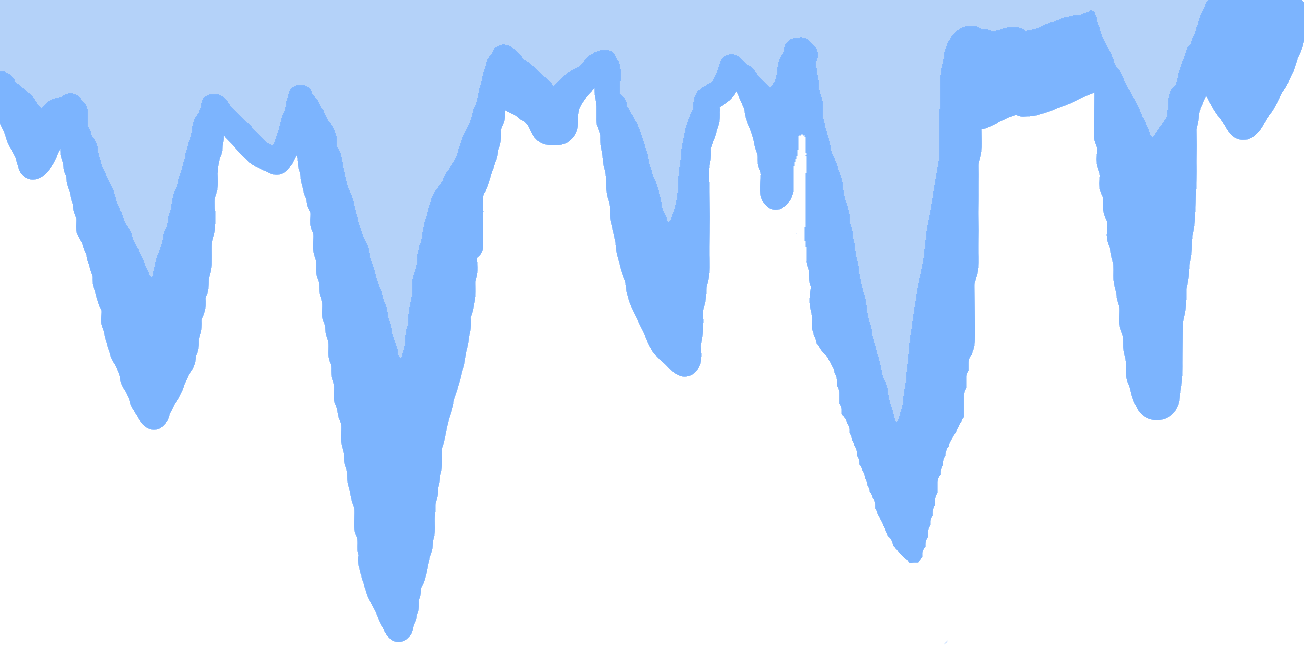
Anabolism
Electron Transport Chain (ETC)
Glycolysis
A metabolic process that breaks down carbohydrates and sugars through a series of reactions to either pyruvic acid or lactic acid and release energy for the body in the form of ATP
proteins that play a key role in electron transport chains in mitochondria and chloroplasts
amount of oxygen requirement to oxidize lactic acid produced anaerobically during strenous muscle activity.
parent drug more polar metabolite
Process by which a Hydrogen pump pumps protons into the thylakoid membrane. H+ passively flows through the ATP synthase which leads to the creation of ATP.
Mitocondrion
Cell organelle that converts the chemical energy stored in food into compounds that are more convenient for the cell to use
Acetyl CoA
electron carrier produced during the Krebs cycle
Metabolic pathways that break down molecules, releasing energy.
Process that does not require oxygen
Aerobic
Process that requires oxygen
substrate-level phosphorylation
Completes the breakdown of glucose by oxidizing a derivative of pyruvate to carbon dioxide.
cellular respiration
A catabolic process that makes a limited amount of ATP from glucose without an electron transport chain and that produces a characteristic end product, such as ethyl alcohol or lactic acid.
electron carrier involved in glycolysis


